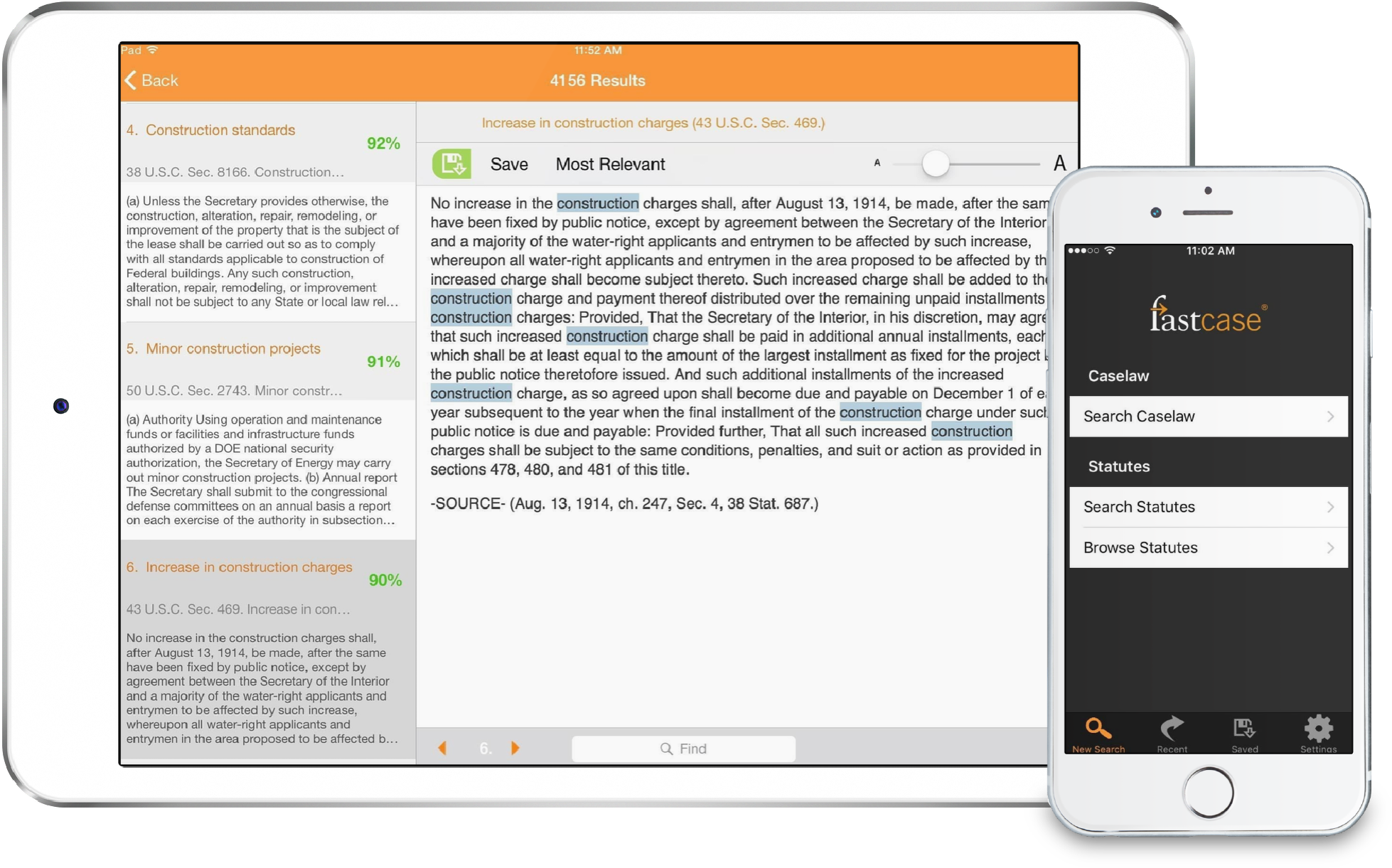Who Owns Your Genes? Part II
Can our genes be patented? More importantly, what consists of a change that is significantly patentable? In a follow up to last year’s blog entry regarding the case Association of Molecular Pathology, et al. v United States Patent and Trademark Office, et al we continue to look into this potentially revolutionary biotechnology case.
The case covers the patent dispute over the BRACA1 and BRACA2 genes as well as the diagnostic tools involving these genes which are held by Myriad Genetics of Utah. Mutations of these genes indicate a strong possibility of breast and/or ovarian cancer. Plaintiffs have argued that the patent was improper because the DNA was part of the human body and therefore part of nature; while the defendants have argued that the chemical was isolated and the copyright protects the work that went into their research.
The urgency behind this case is rather incredible. The earlier one can determine whether or not they are likely to develop or redevelop the cancers more treatment options become available. The patents on these genes and the test for mutations have created a monopoly as researchers, patients, and their doctors all have to go through Myriad Genetics. Testing alone, if not covered by insurance, can be $3,000 per test. Saying that billions of dollars are at stake is an understatement.
Last year a Federal Judge had struck down some of the patent, namely that the isolation of the genes was not enough to patent them. Gary Cohen of the Foundation Medicine speaking with The Atlantic pointed out that this ruling is likely a transformation of thinking resulting from the digital age:
“We’ve been accustomed to thinking of DNA as a molecule, a chemical entity (which, of course, it is). But in this more sophisticated era, we understand that DNA is not “just” a molecule; its an information-carrying molecule. Genes are better thought of as packets of information, not mere molecules, Judge Sweet reasoned. This reasoning is key to his decision — because the information encoded by a gene is the same, whether its sitting amongst its natural neighbor genes, or in isolated form. That’s why researchers want to isolate genes — because they are useful in all sorts of ways, but only because the isolated form contains the same genetic instructions as the naturally-occurring form. Using this information paradigm, the judge reasoned that “isolation” does not render a naturally-occurring gene something novel, something patentable. This part of the ruling is what makes it so interesting — its very much consistent with “information age” thinking — bits, bytes, genetic base pairs, genes: all information carriers.”
Today that decision is being appealed. As, one can imagine there are a lot of people waiting on the outcome of this case. Regardless of how the court decides, it will unlikely be the final salvo and will proceed to the Supreme Court.




